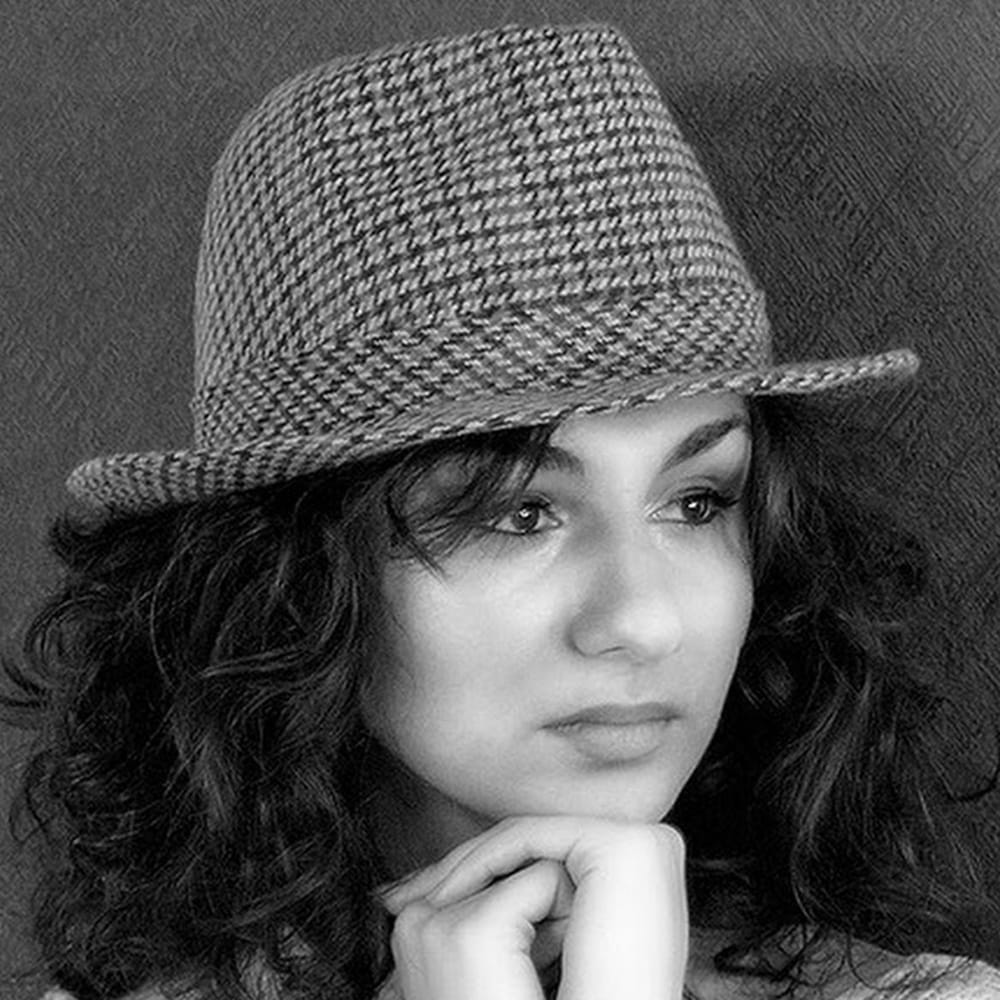A picture is worth a thousand words, according to the well-known saying. Dr Vladimir Teif (University of Essex) and Dr Mari Chikvaidze (Claremont High School Academy), believe Augmented Reality (AR) is even more valuable for education than static pictures. They have joined forces to use elements of AR to deliver cutting-edge, university-style sessions to students in a state comprehensive school in the London Borough of Brent.
Inspiring students through AR technology
We’re transforming learning experience using AR technology and we’re so excited by the response of the students as they discover and interact with computer-generated objects within their real-life classrooms.
Claremont High School Academy is a mixed, comprehensive state school and a sixth form which serves a diverse community with a deprivation indicator higher than the national average. Science, technology, engineering and maths (STEM) subjects are prevalent at A-Level, and STEM clubs are always in high demand. However, there are limited opportunities for students to get engaged with STEM professionals and academics and to use appropriate equipment.
To address this issue we applied for a Royal Society Partnership Grant which allowed us to purchase high-quality iPads for the school and launch a long-term collaboration between the sixth form school and the University of Essex.

The award allowed us to use novel AR applications to redesign the content of the Academy’s extra-curricular course in computational biophysics followed by students interested in studying STEM-related subjects at university-level. The course enriches their learning by linking different aspects of their A-Level biology, physics, mathematics and computing courses and now harnesses AR to help them see the intricate relationships between these subjects.
We are now working on a publication in an educational journal to disseminate pedagogical approaches to teaching STEM in schools using computational biophysics and hope the next step will be to produce an open-access AR-enabled textbook.
Transforming the classroom
AR is being increasingly used in education. Some well-known applications include the reconstruction of historical scenes or interstellar spaces, enabling virtual medical operations and explaining complex STEM concepts. What we are doing is a further step forward, since our students not only use AR to watch things, but they also actively build their own things in AR (in this case, specific biological molecules). The molecules that students create can be then moved around in AR to understand how these molecules interact with drugs. Our approaches are designed to fit to a usual state school, thus we do not require any specialist equipment beyond the multipurpose iPads purchased on this grant.
AR applications transform the classroom as students can use them to view three-dimensional images through their iPads which they can then move around and investigate almost as if they can touch them.
Suddenly the scientific ideas that we are talking about in the classroom are there for the students to see and experiment with, making it easier for them to understand and investigate the concepts.
Discovery in real-world settings
We teach the Year 12 students at Claremont High School Academy to use AR applications on iPads to make biological molecules come alive. Attending the newly established STEM Club run by Dr Chikvaidze allows students to see links between STEM subjects and discover their applications in a real-world setting.
For example, computational tools are essential for visualising disease-related biological molecules and building computational models of medicinal drugs that interact with these molecules. This means the students can actually see the scientific processes which are at the heart of medical breakthroughs including the research response to COVID-19.
The response has been fantastic. One Year 12 student said: "The Royal Society [Partnership Grant project] has exposed me to the importance and intricacy of drug design using computational methods.” Another student said: “I've loved using new software and equipment to develop my understanding of drugs and molecules…”. As lecturers on this project, we also felt quite excited that we managed to bring state-of-the-art university-level expertise to a regular state school, at the critical stage of these students when they are choosing about their future careers.
The STEM Club is not limited to the classroom activities and aims to boost the overall confidence and career chances of student participants. In 2019, a number of students who participated in the STEM Club presented their projects at an International Student Science Conference held in the ancient Tonbridge Public School in Kent. Claremont High School Academy was the only non-selective state school represented among well-known independent schools from across the UK, as well as schools from Germany and Japan. One of our Year 12 students said: “The opportunity to do a project on our findings and present it to other schools was an amazing experience”. Opportunities like these are priceless for state school students. If not for the partnership with the University of Essex, attending such a prestigious conference and presenting their work would have been impossible for students from Claremont.
STEM education is becoming increasingly important, especially in light of the COVID-19 pandemic. We can see that a growing number of students are being inspired to learn how they could use computers to design novel drugs to target diseases. This partnership between a state school and our university is a seed from which a long-lasting relationship can grow – helping students understand science in more depth and unlocking the next generation of scientists.




